John Calipari's Timeout Philosophy: By the Numbers
As the time ticked down on Thursday night in a tie game against St. Peter’s, University of Kentucky head coach John Calipari had a decision. Does he call a timeout and set up a play to try and win the game? Or does he stick with his “players-first” mentality and see what his team could do on their own?
Fast forward a few more seconds. Calipari decides against calling the timeout. Sahvir Wheeler misses on a drive and Oscar Tshiebwe doesn’t have enough time to put up a shot, forcing an overtime period against a 15-seed. We all know what happened next.
It’s easy for fans to sit back and say that a timeout should have been called after knowing the result. If Wheeler would have banked in the shot, the conversation would not have even been had.
Calipari, like most head coaches, is extremely set in the ways of how he feels is the best way to succeed. In a lot of ways, an argument could be made that this is what has made him a successful head coach.
When diving deeper into his philosophy on timeouts in last-possession scenarios, you see that his decision-making is close to split.
Calipari when the timeout is called
In last-second possessions during his tenure at Kentucky, John Calipari has called a timeout 19 out of a potential 42 times. That is just over 45% of the time.
Of those 19 games he did call a timeout, the ‘Cats have won just three times with only one coming since 2014. Those wins? Brandon Knight’s game-winner against Princeton, Aaron Harrison against Michigan in the Elite Eight, and EJ Montgomery’s tip-in vs. Florida in 2020.
The three wins stat can be a little misleading. In four other instances, the game ended up going into overtime with three of those four being made shots/free throws that helped UK tie the game.
That does leave 11 instances where Calipari has called a timeout and Kentucky has still lost the game. That is a losing percentage of 61%. Not great.
Calipari when he doesn’t call a time-out
The other instance — which draws the ire of many Kentucky fans — is Calipari deciding to trust his players to make the play. The result? Much more favorable to the blue and white.
The Kentucky head coach has had 23 instances of not taking the timeout. Of those 23, seven have turned into wins, nine into losses and seven forced overtime with either a miss/make.
When you dive deeper into the latter point of seven going into overtime, you will see that three of those were sent into overtime because of a made shot. The other four, including Wheeler’s shot on Thursday, saw the game tied as the possession began.
What does this mean?
If you are a fan of percentages, Calipari’s philosophy has a success rate (made shot) of 43.4% when not calling a timeout while a rate of 21.1% when taking the timeout.
What does that mean? Well, like many stats, it can really depend on how you read into it. What it does show is that Calipari’s teams have had much more success when they work on their own than when a play is drawn up. That can be read into however you’d like.
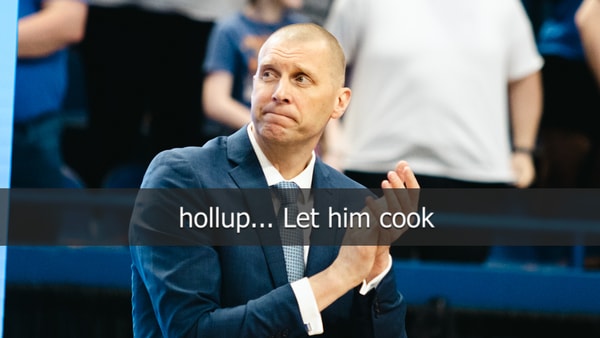
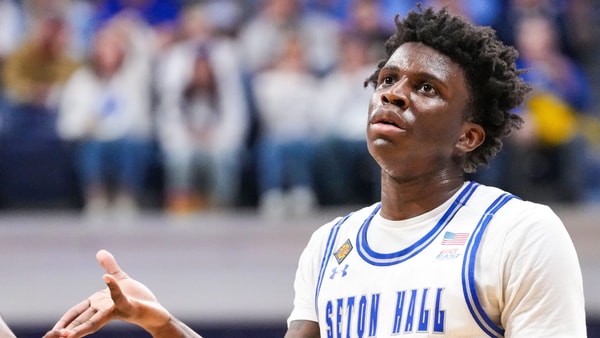
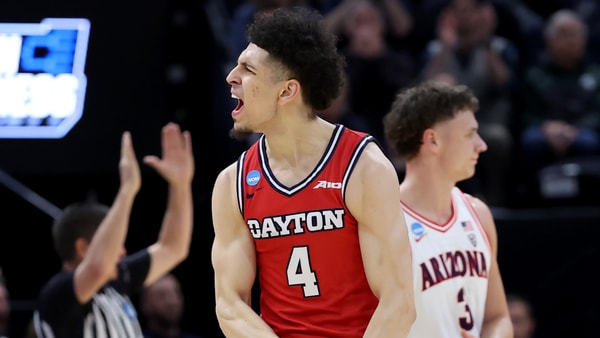
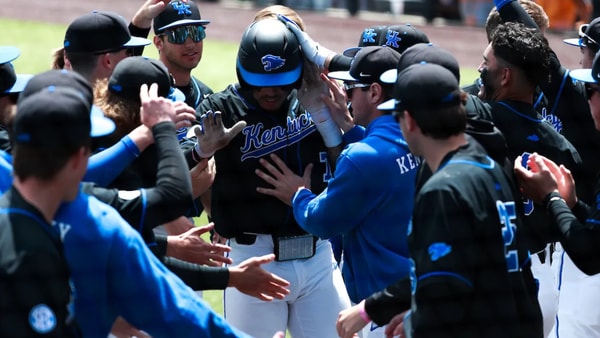
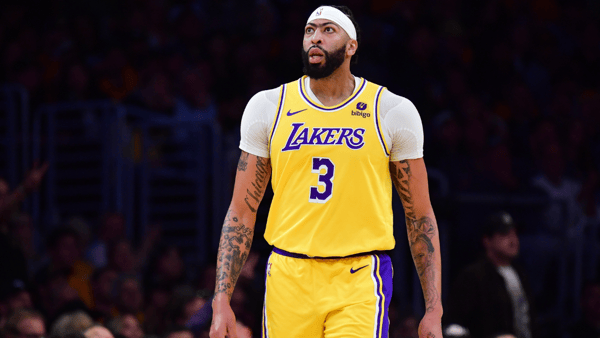
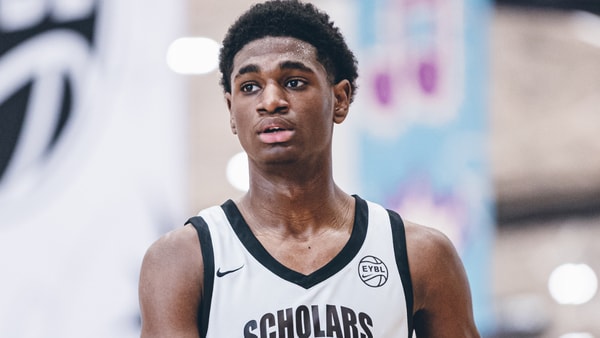
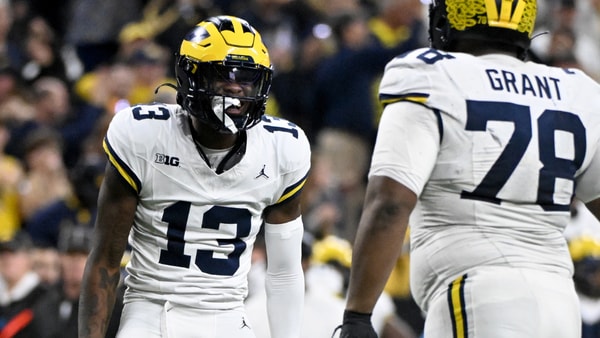
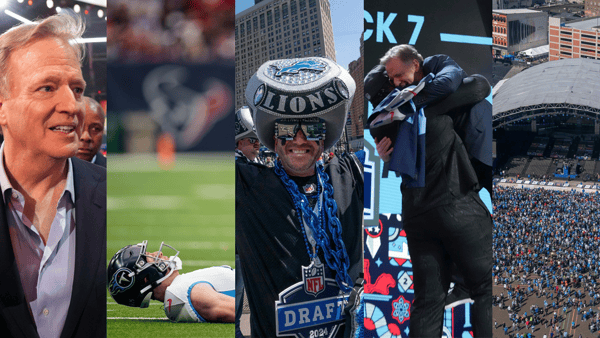
Discuss This Article
Comments have moved.
Join the conversation and talk about this article and all things Kentucky Sports in the new KSR Message Board.
KSBoard